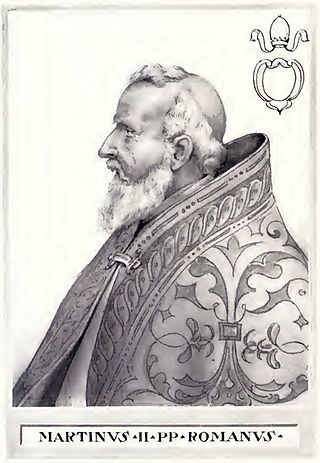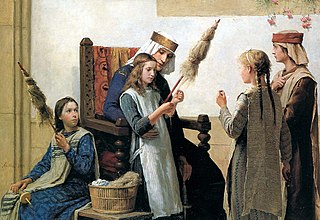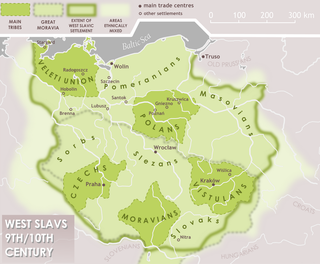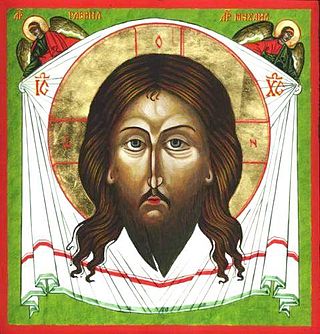| Millennium: | 1st millennium |
|---|---|
| Centuries: | |
| Decades: | |
| Years: |
| 943 by topic |
|---|
| Leaders |
| Categories |
| Gregorian calendar | 943 CMXLIII |
| Ab urbe condita | 1696 |
| Armenian calendar | 392 ԹՎ ՅՂԲ |
| Assyrian calendar | 5693 |
| Balinese saka calendar | 864–865 |
| Bengali calendar | 350 |
| Berber calendar | 1893 |
| Buddhist calendar | 1487 |
| Burmese calendar | 305 |
| Byzantine calendar | 6451–6452 |
| Chinese calendar | 壬寅年 (Water Tiger) 3640 or 3433 — to — 癸卯年 (Water Rabbit) 3641 or 3434 |
| Coptic calendar | 659–660 |
| Discordian calendar | 2109 |
| Ethiopian calendar | 935–936 |
| Hebrew calendar | 4703–4704 |
| Hindu calendars | |
| - Vikram Samvat | 999–1000 |
| - Shaka Samvat | 864–865 |
| - Kali Yuga | 4043–4044 |
| Holocene calendar | 10943 |
| Iranian calendar | 321–322 |
| Islamic calendar | 331–332 |
| Japanese calendar | Tengyō 6 (天慶6年) |
| Javanese calendar | 843–844 |
| Julian calendar | 943 CMXLIII |
| Korean calendar | 3276 |
| Minguo calendar | 969 before ROC 民前969年 |
| Nanakshahi calendar | −525 |
| Seleucid era | 1254/1255 AG |
| Thai solar calendar | 1485–1486 |
| Tibetan calendar | 阳水虎年 (male Water-Tiger) 1069 or 688 or −84 — to — 阴水兔年 (female Water-Rabbit) 1070 or 689 or −83 |

Year 943 ( CMXLIII ) was a common year starting on Sunday of the Julian calendar.









